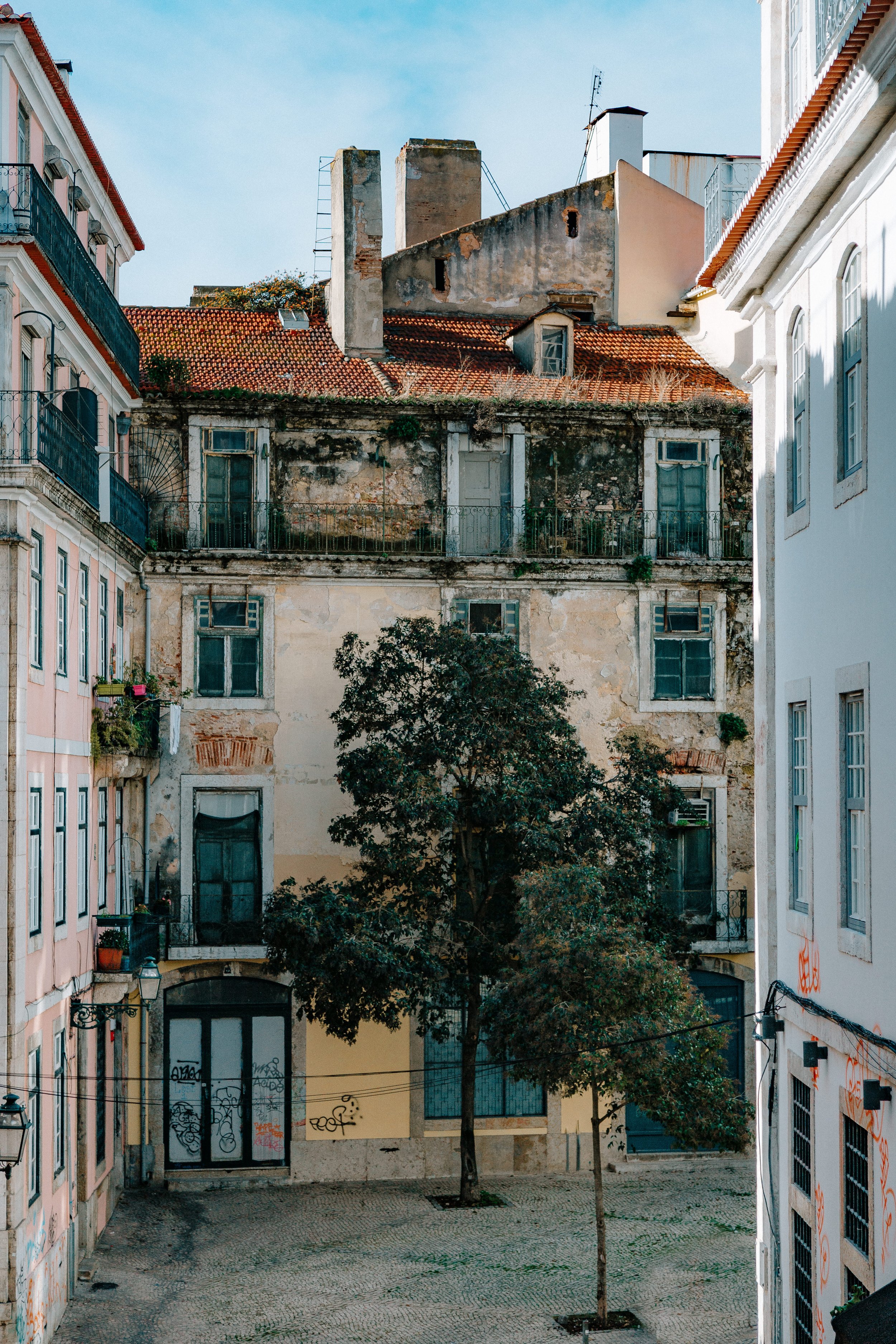Tangible Reality

Tangible Reality
Erinma E. Man
On Finding the Healing Place of God
For most of my Christian life, I’ve understood God to be a person. Like a father or a mother, he has deep compassion. As a friend would, he wants to comfort. Just like us, he has a mind (there are things he finds interesting and beautiful) and desires (there are things he longs for). He has a heart, which can be broken. And he has a great will—particular yet expansive—reaching from the bee dancing on a lavender stem to the numerosity of stars. While imagining God as a person falls very short of his true, infinite, and inexpressible nature, that metaphor—the metaphor that likens him to ourselves—is one I rest on.
As my faith has evolved and unfolded, so has my understanding of who God is. Several years ago, as I sat in my apartment thumbing through my Bible’s pages of John, my eyes landed on John 14:2–3: “In my Father’s house are many rooms. If it were not so, would I have told you that I go to prepare a place for you? And if I go and prepare a place for you, I will come again and will take you to myself, that where I am you may be also” (ESV, emphasis added).
With a tender intimacy, Christ tells his followers that he will bring them to a place, the place of his presence. These words took residence in my heart. Like a hushed mantra, or a silent poem, they often reemerge within me: I will take you to myself. In turning over the phrase, I can’t help but interpret it as Christ saying that there is a place where he is. Along with the spiritual meaning the words carry—communion with God—they also point towards a physical, tangible reality.
That verse began a long and storied spiritual episode where I began to conceive of God not just as a person, but as a place. Said differently, there is a physicality to God. But this is not a new idea. We experience God through our physical bodies. Poet and theologian Pádraig Ó Tuama has said, “The deepest spiritual practices are the deepest physical practices.” Bending heads for prayer. Kneeling to worship. Turning the pages of holy Scripture. The rumbles of belly laughter. Mystical things manifest in physical ways.
Los Angeles–based contemplative Cindy Lee describes sacred spaces as “places that mediate encounters between the human and the divine.” In an essay for Fuller Magazine, Lee meditates on the physical as the ground of God’s immanence and transcendence:
“In sacred space, God somehow becomes more tangible and physical in real time and real place. Lofty ceilings and the daily ringing of bells reflect the transcendence of God, while candles, incense, bread, and wine can reflect the immanence of God. Through sacred space an estranged God becomes tactile.”
My most profound spiritual experiences are bound to place. The dusky indoor compline service in New Haven, lush with light, incense whispering through air. Curling up in my sun-heavy Los Angeles apartment, record sounds pouring over me. Sitting on the couch next to my parents in their Tallahassee home, hunched over, shaking with laughter. Big Sur.
This summer, I had the fortune of visiting Casa Pedregal in Mexico City, a home designed by architect Luis Barragán in the late 1940s. With a vision for balance and serenity, Barragán fused modernism with local, Mexican design. When I first stepped inside the space, I gasped. Wood floors, pastel pink walls, big open windows. The interior was bright with light and spacious, but breathtakingly still. Every corner held a stunning interplay of light and shadow. Like a temple, there was an abiding sense of order. Each object—from the lily-filled vases to the kitchen’s pickle jar—dwelled perfectly in its place. It was a monastery of the ordinary, an astounding meeting place of the physical and the mystical.
I don’t believe Casa Pedregal was specifically designed as a place for prayer or encounter with God. However, for me, it became that. I could not help but feel that, if God were to take me to himself, it would be to a place like this. It would be to a place where light poured over me through big windows, lilies smiled at me from across the room, and nothing felt out of place. In that home, I longed to sit, pray, and be. The tangible things of light, windows, and wood became sacred, pulling me into the place of God’s presence.
*
I live in Los Angeles, a city of great wealth, but also intense lack. The physicality of poverty is palpable here. My heart breaks at the unhoused folks I see regularly, pushing carts through suburban streets and pitching tents downtown. In this city, I find myself gravitating towards the same questions: how can we build spaces where those in need can encounter God in the physical? How is God bringing them to himself? Where is the place of God’s presence in Los Angeles?
I know my faith is not just for me, that it’s also for the world. This Christian path is not only about my inner spiritual experiences, studded with light-soaked rooms and waves rolling over the California sea. This path is about turning outward, towards those in need around me. Building the place of God in Los Angeles means helping create spaces where those in need can meet God in mystical as well as material ways. It means connecting unhoused folks with food, clothing, and other concrete resources. Through these encounters with both the spiritual and the material, I pray God brings them completely to himself.
The vision of my heart is this: let me and the world around me encounter God in his beautiful, healing place.
Erinma E. Man
Writer & Contemplative
Erinma lives and works in Los Angeles
Photography by Derek Malou